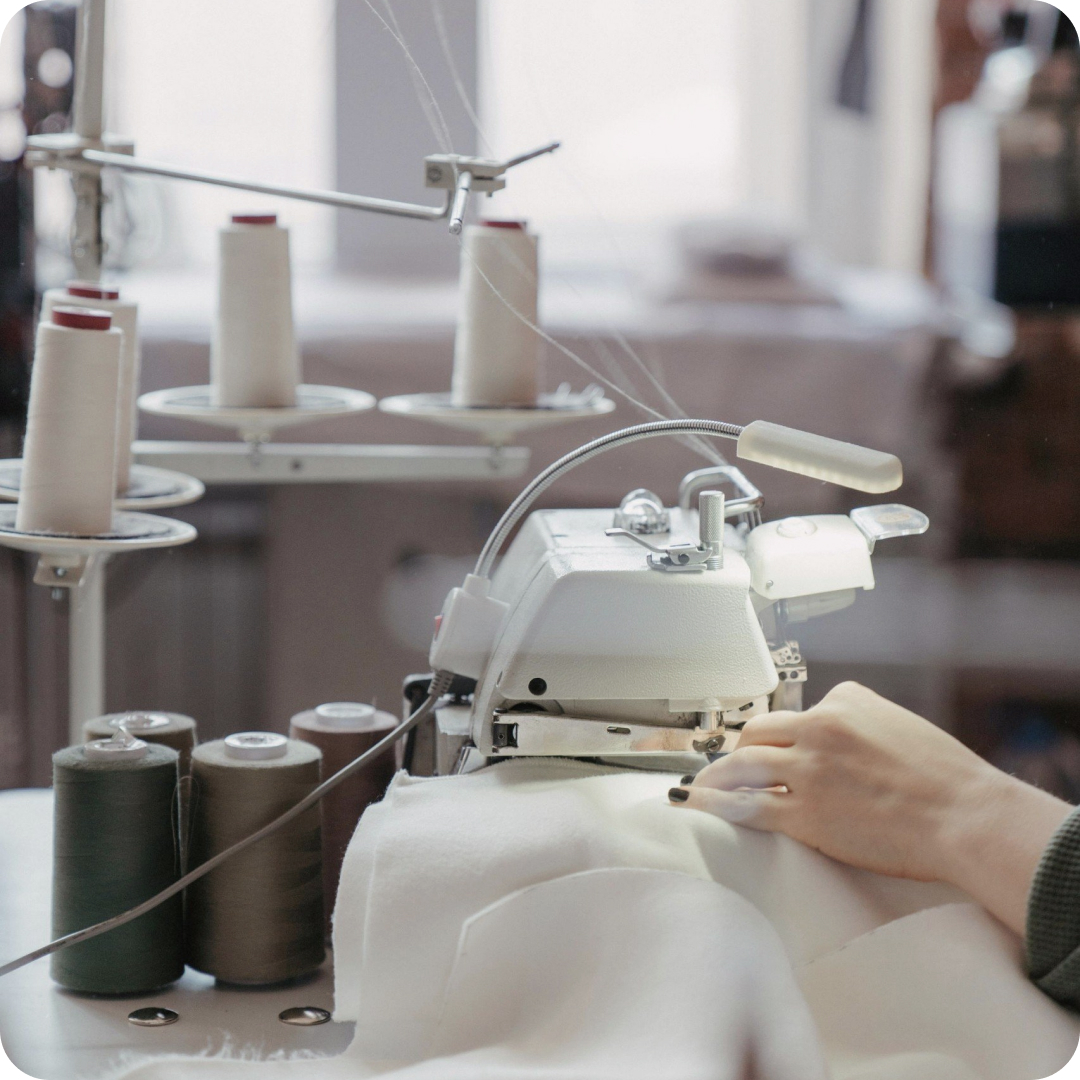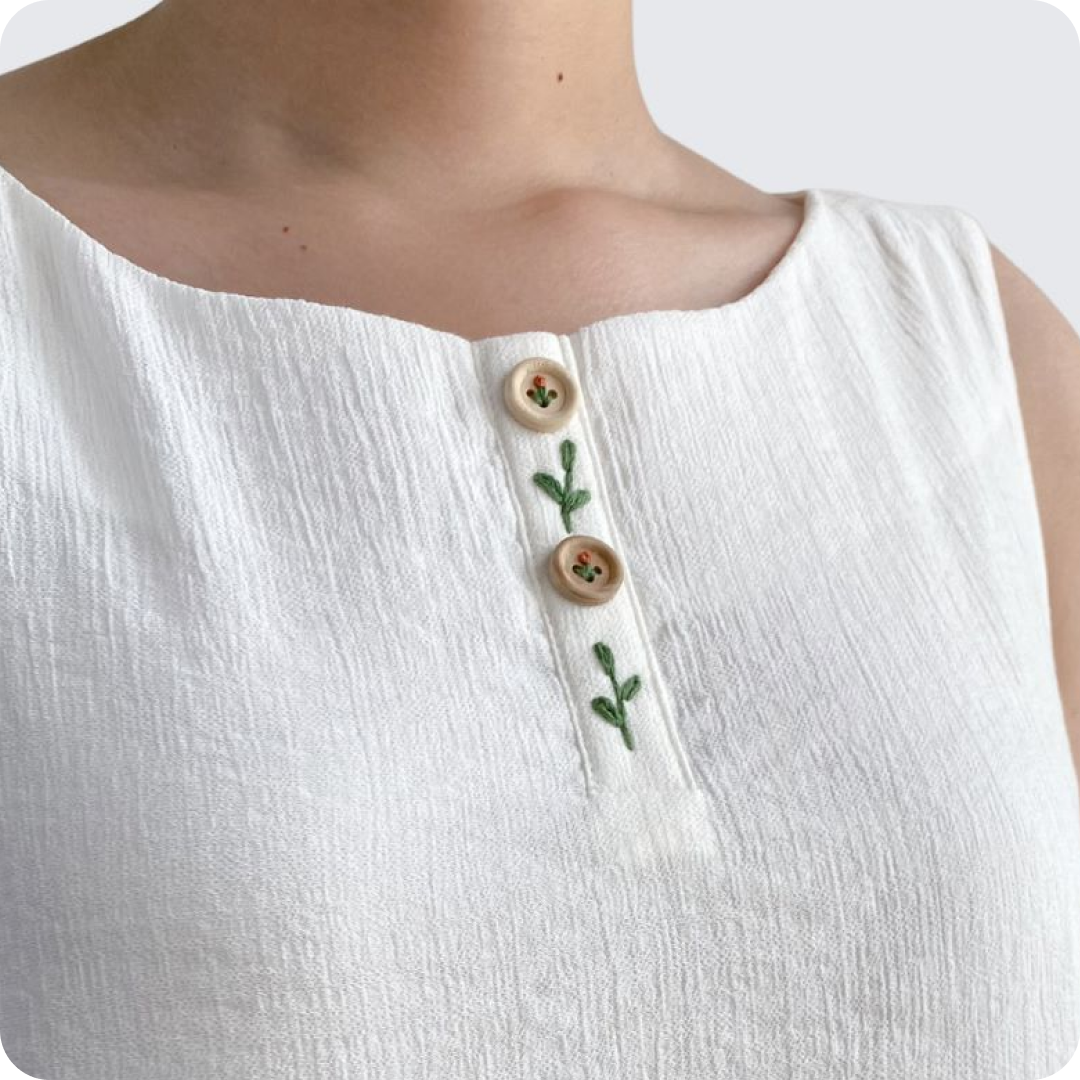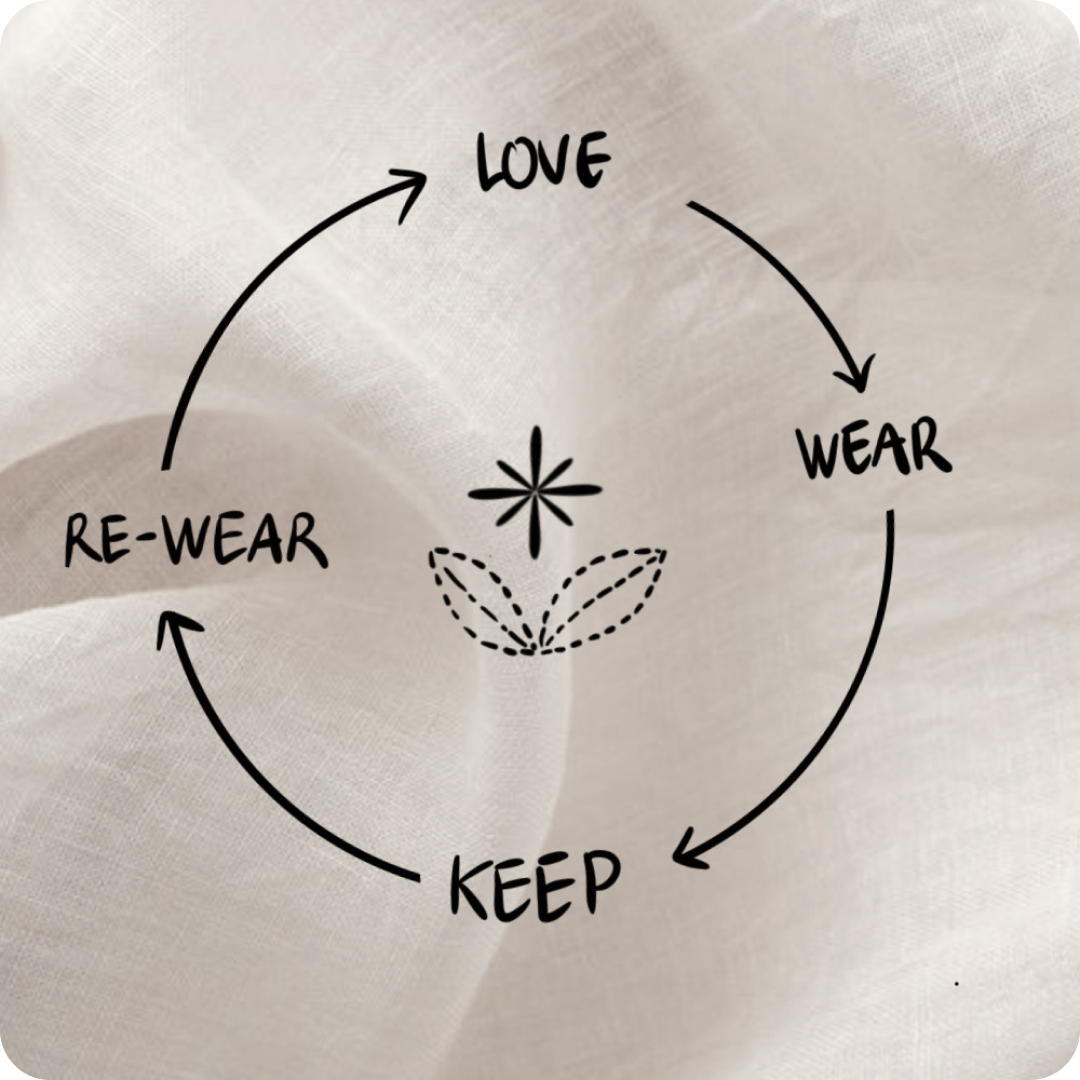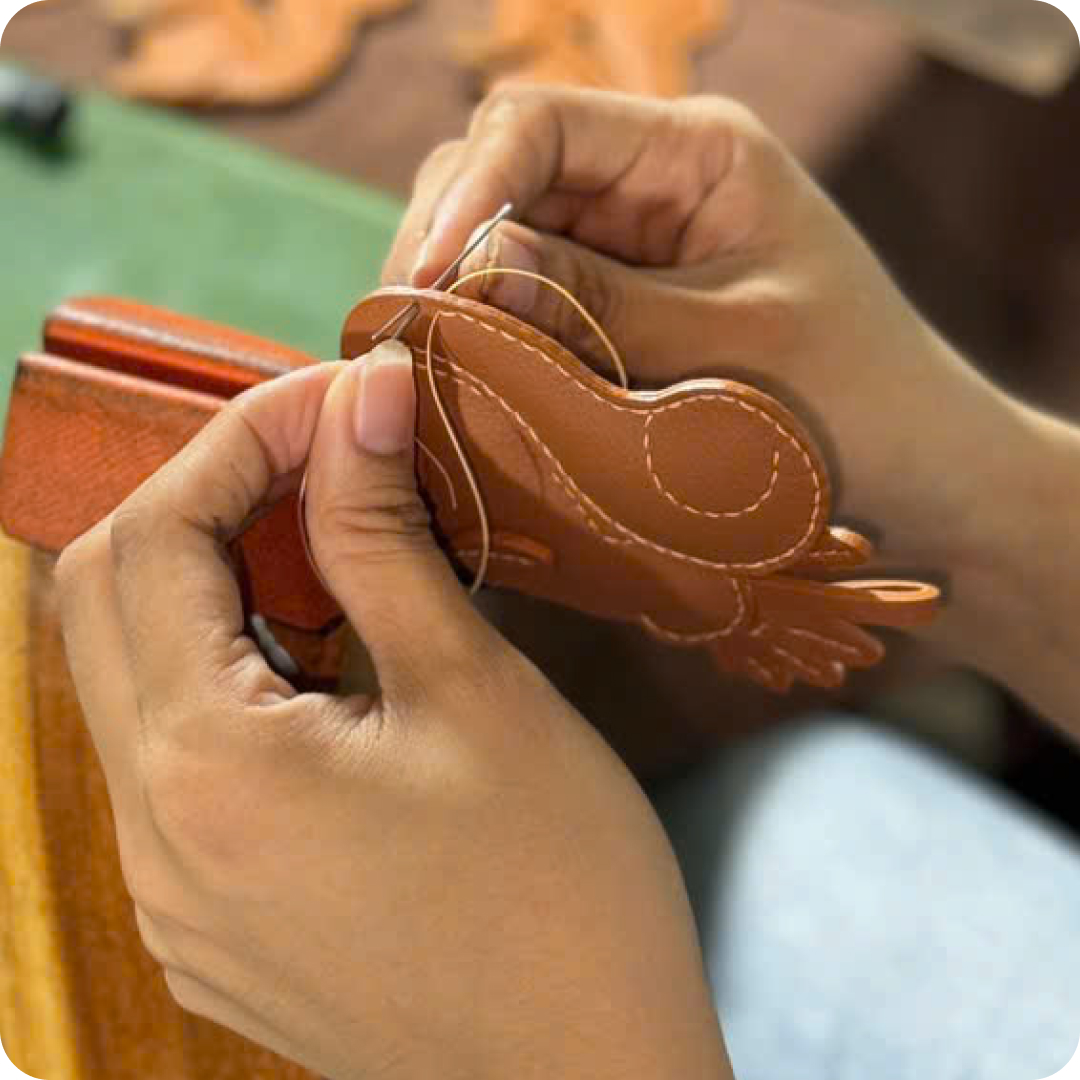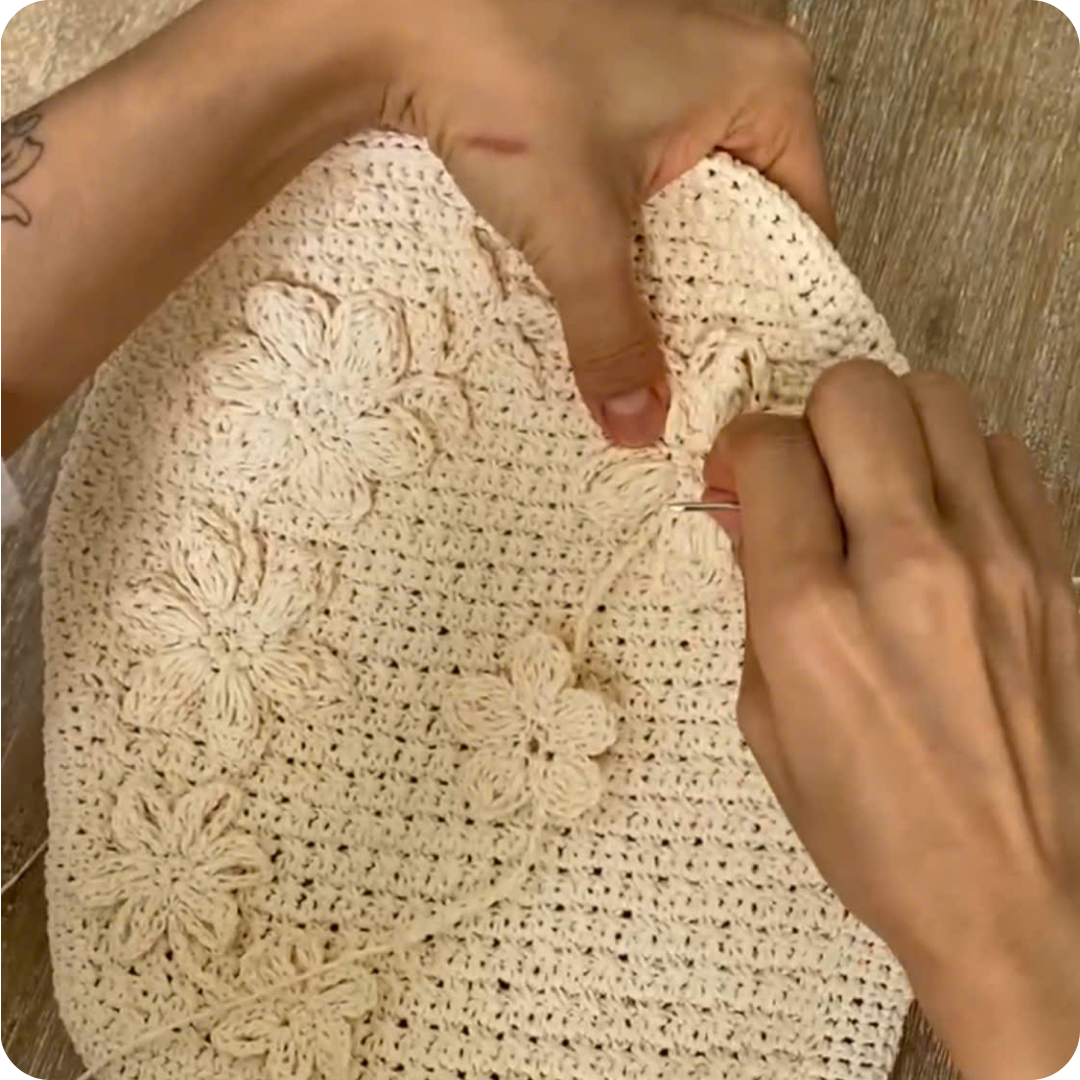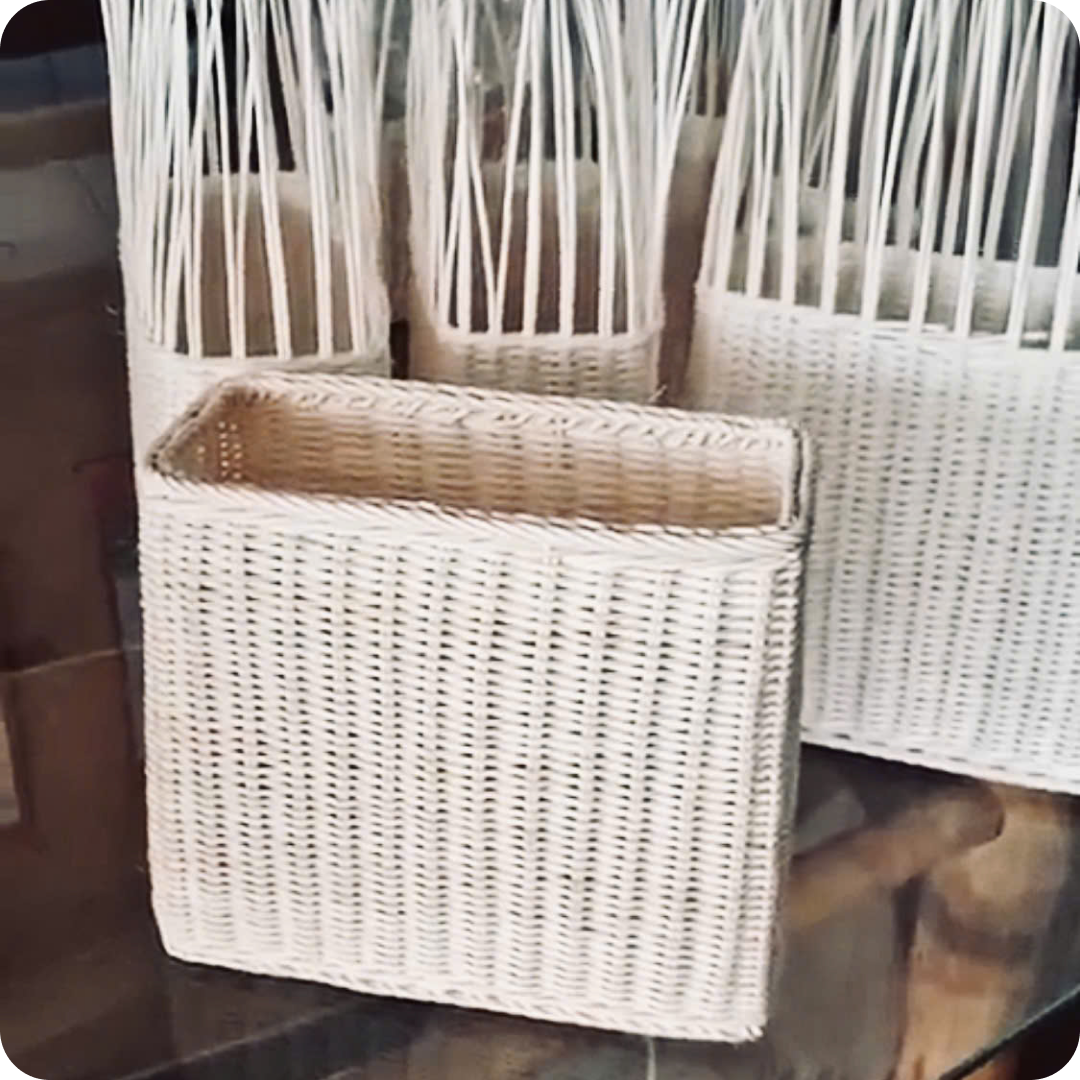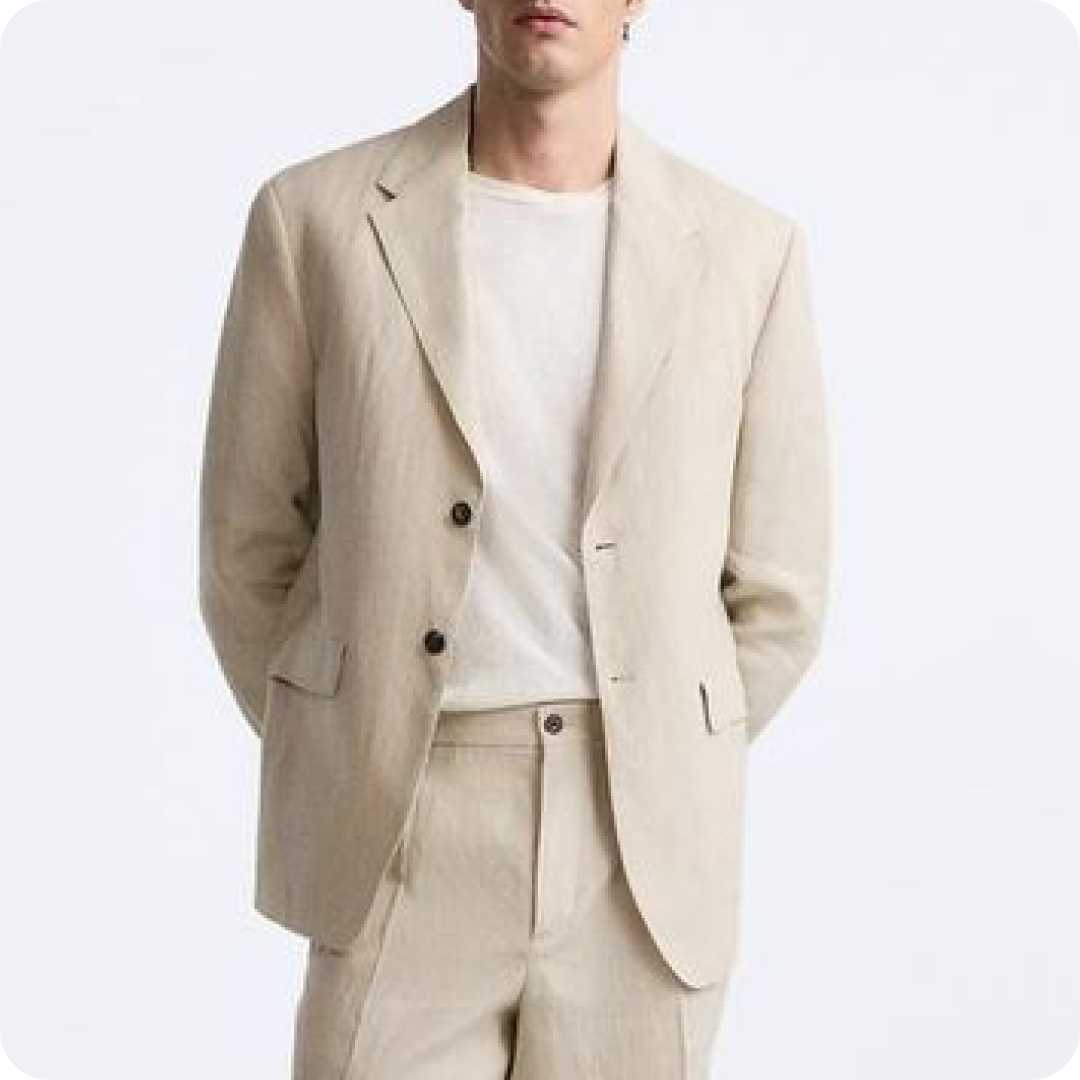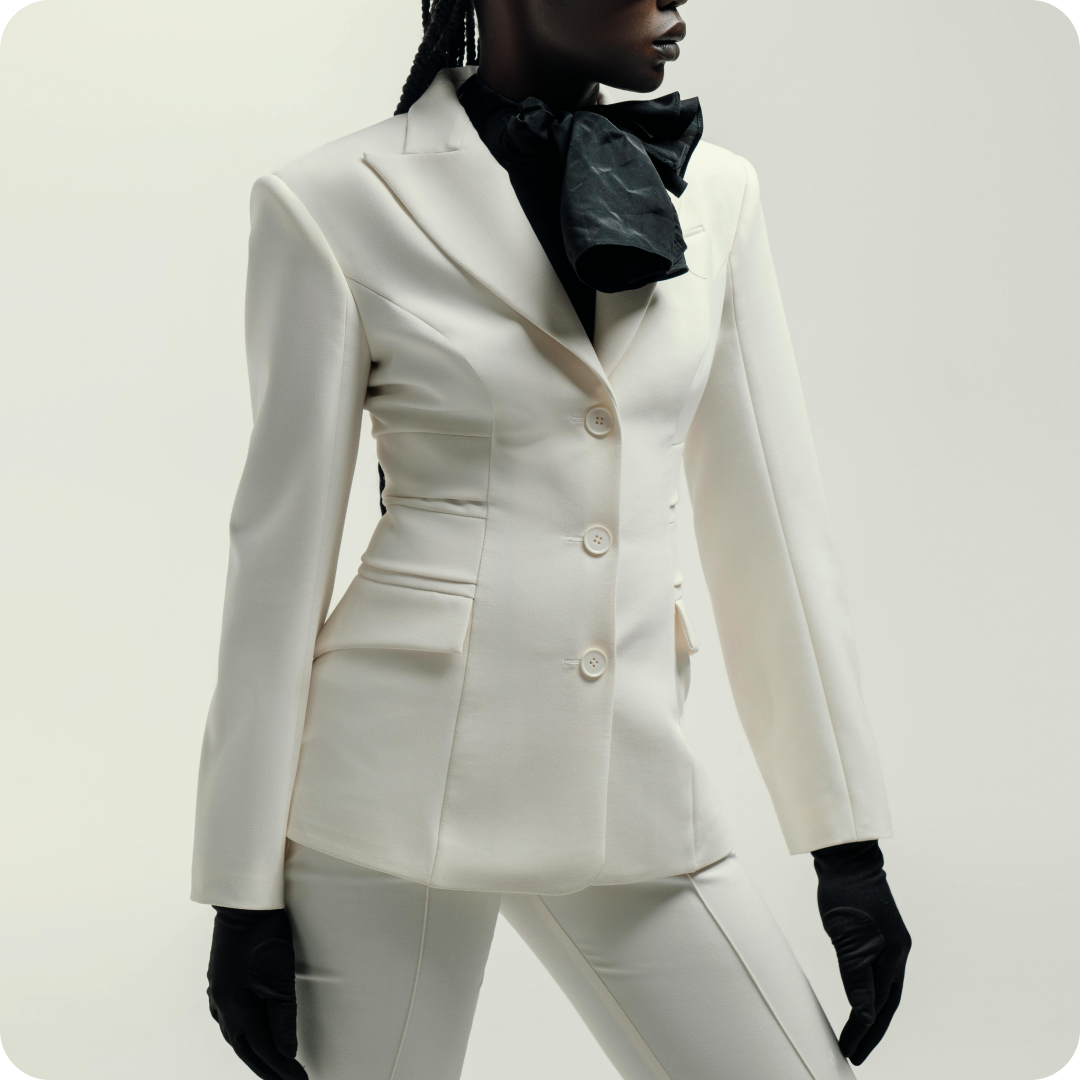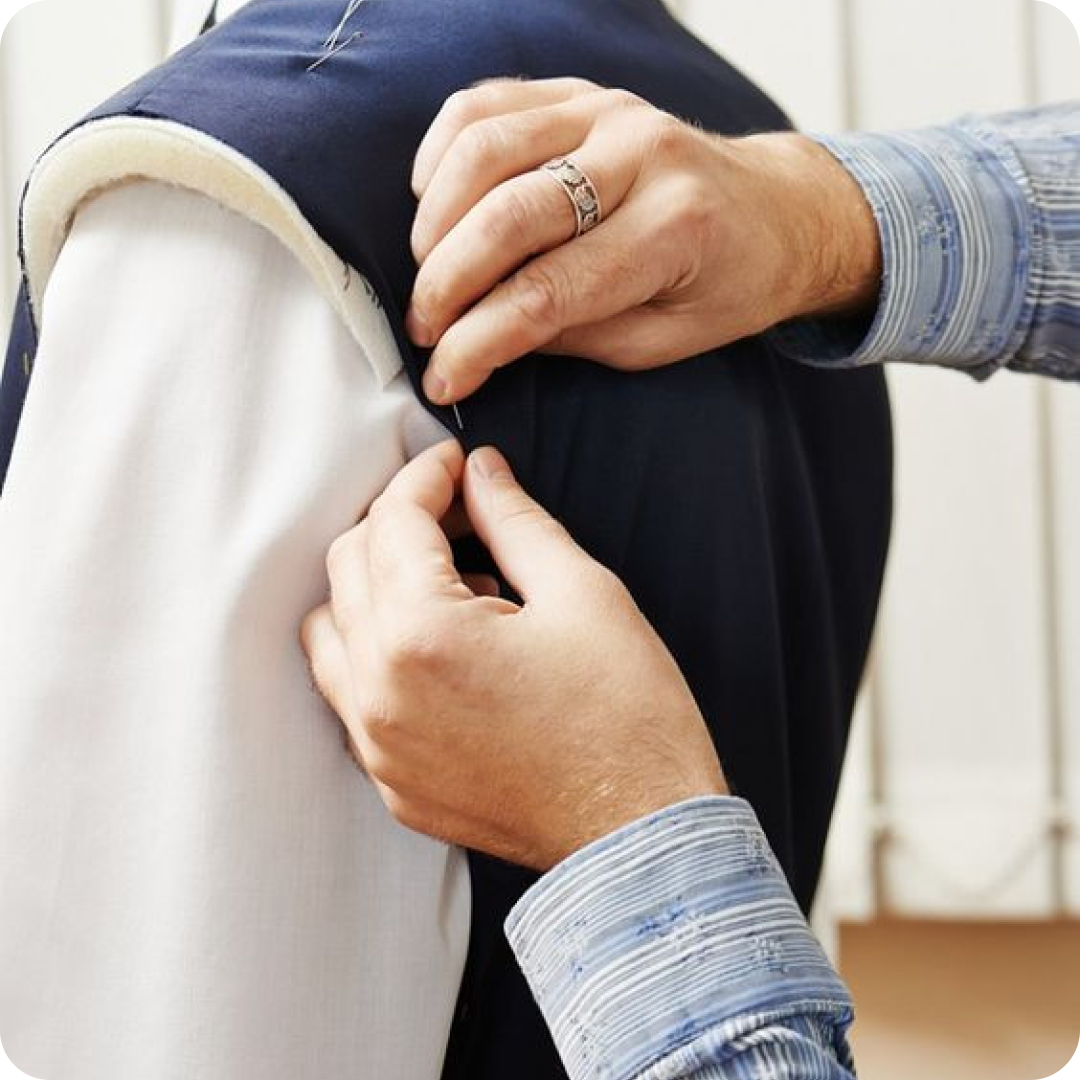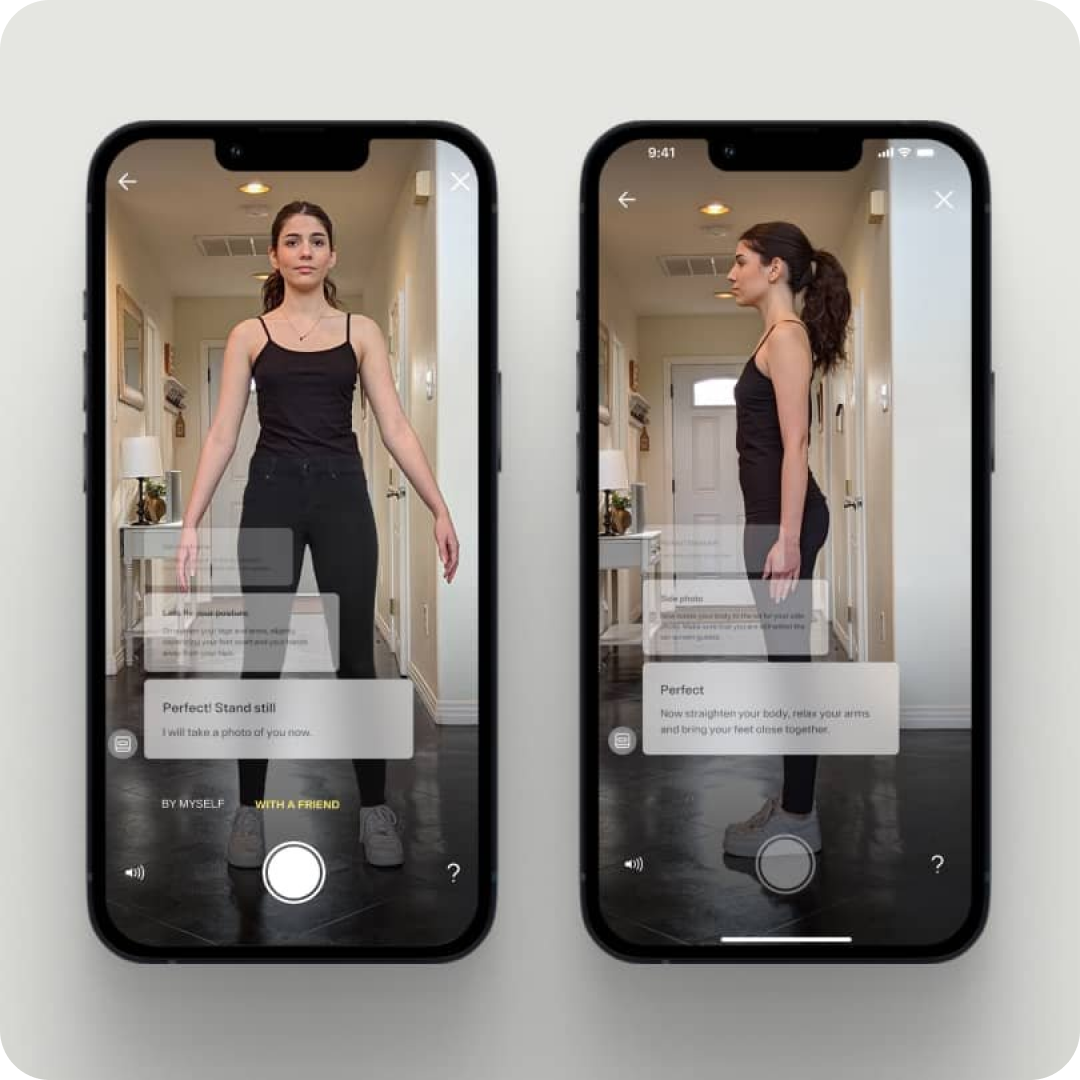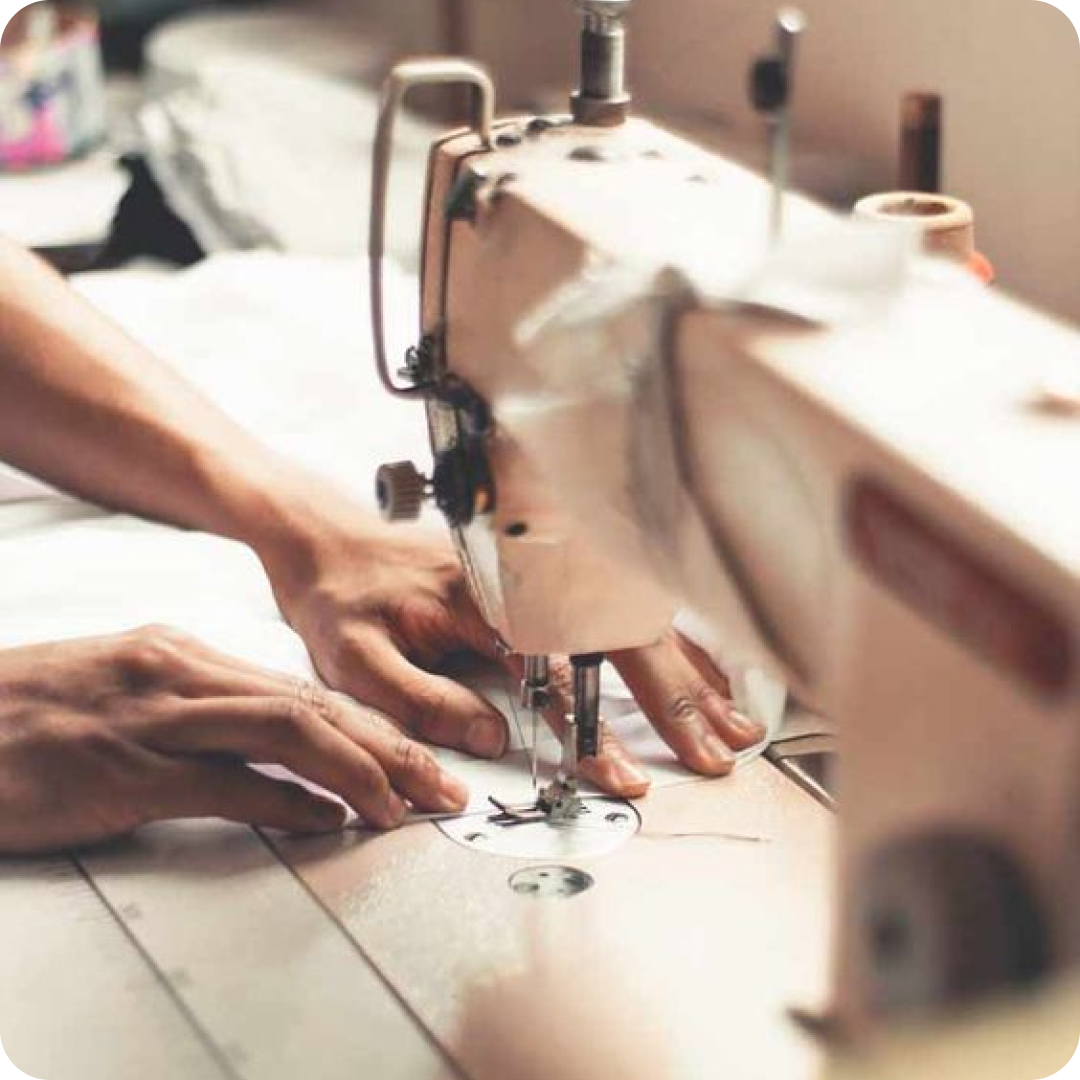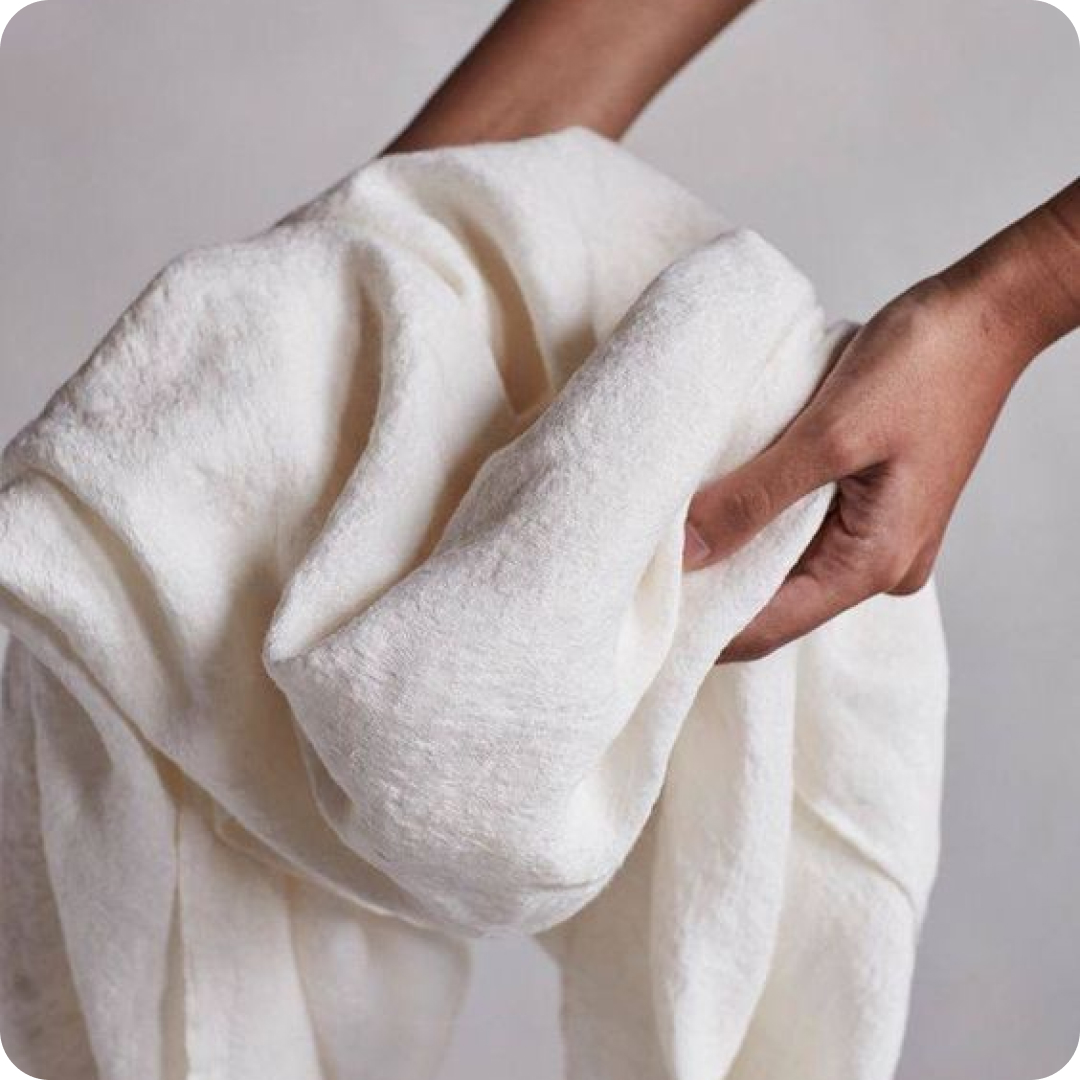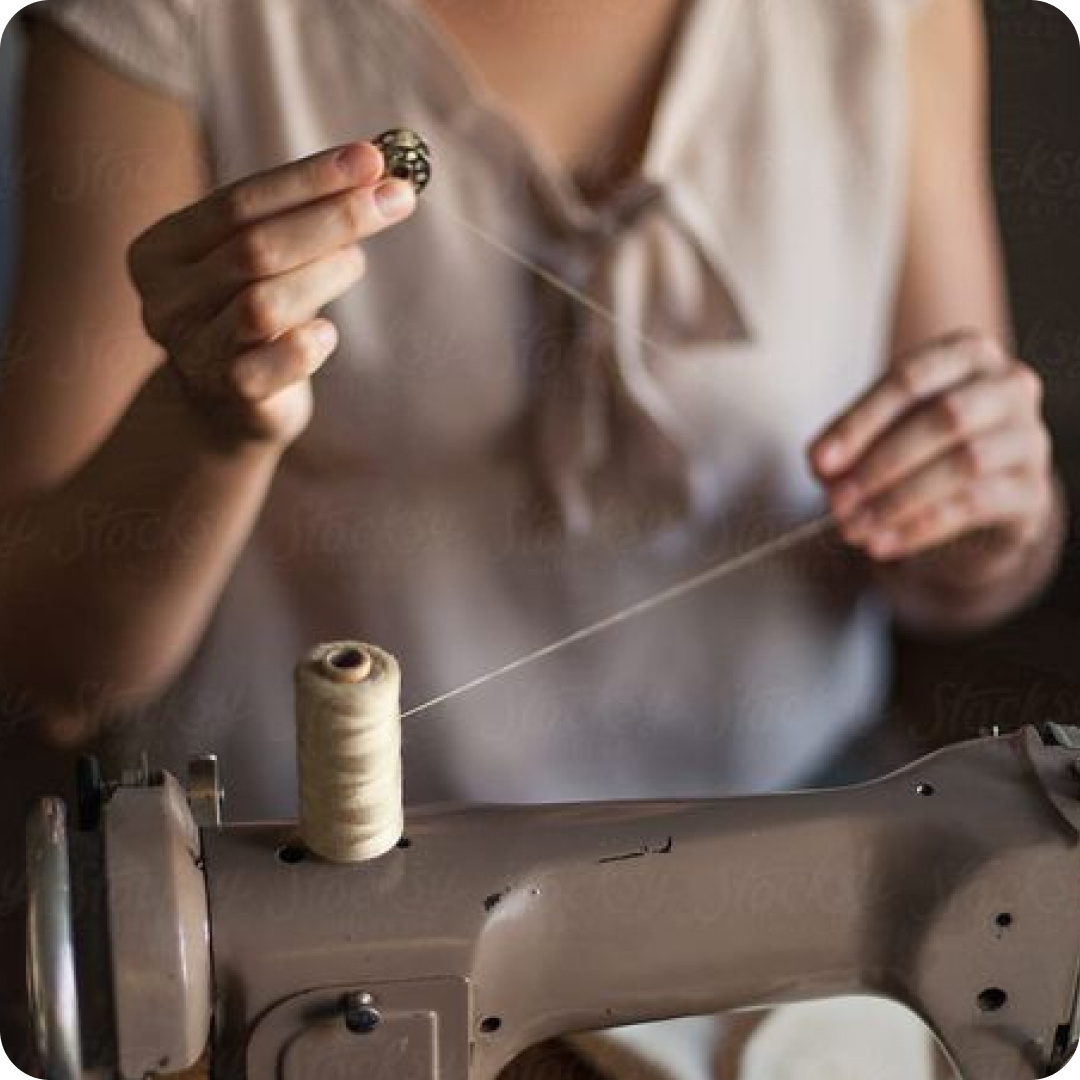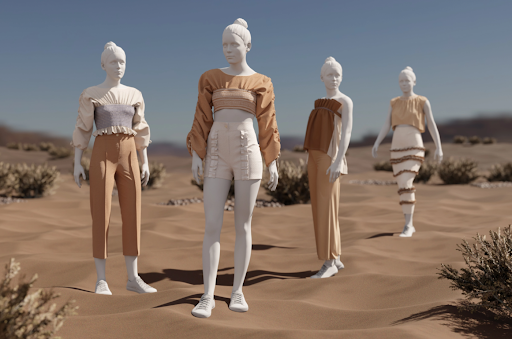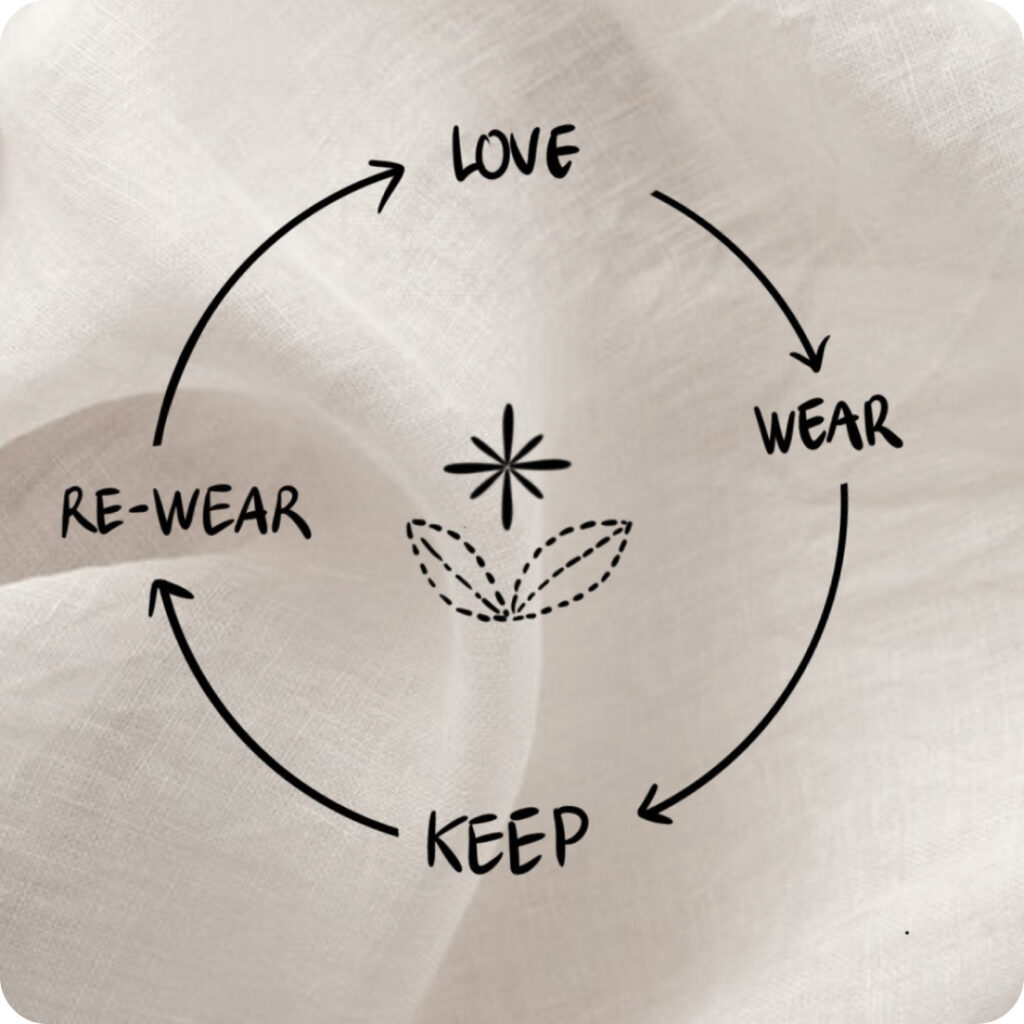3D modeling mastery in fashion is no longer a concept of the distant future; it is the here and now. This innovative approach, driven by forward-thinking designers and industry leaders, has ushered in a new era of efficiency, sustainability, and creativity. Let’s find out the remarkable journey of how 3D technology is leaving an indelible mark on the world of fashion.
Different 3D Technologies in the Fashion Industry
The fashion industry’s embrace of 3D technology has facilitated enhanced creativity, efficiency, and sustainability. Below, we explore different 3D technologies used in the fashion sector:
3D modeling in fashion allows precise visualization and reduced production time. (Internet Source)
3D Modeling
3D modeling allows designers to create digital representations of clothing items, providing a three-dimensional blueprint of their fashion vision.
Apparel 3D modeling enables the digital design of clothing, which can later be printed, cutting down the traditional design process.
3D Visualization
Apparel retailers and manufacturers use 3D visualization for its photorealistic capabilities. Fashion design software generates realistic 3D images, enabling designers to refine their designs before physical production.
This technology encompasses various aspects such as 3D configurations, product animations, and lifestyle background images, which facilitate faster design decisions, approvals, production, and marketing.
3D printing in fashion offers unique customization and sustainable solutions. (Internet Source)
3D Printing
3D printing has been instrumental in enabling fashion businesses to produce highly personalized, conceptual garments and accessories.
Pioneered by designers like Iris van Herpen and Karl Lagerfeld, 3D printing has introduced intricate designs and shapes previously unachievable through traditional manufacturing methods.
Virtual Reality
The integration of 3D technology and virtual reality offers unique customer experiences by immersing shoppers in simulated environments.
VR technologies allow fashion designers to transport customers to virtual locations, where they can virtually try on clothing and experience a sense of real shopping. This concept has the potential to revolutionize the way designers test customer responses, market products, and launch new apparel lines.
These innovative 3D technologies are shaping the future of fashion, from design to production and retail.
Why Is 3D Technology Revolutionizing The Fashion Industry?
In an era of technological advancement, the fashion industry has found itself in the midst of a transformative revolution driven by 3D technology. The impact of these digital innovations on the world of fashion is profound and multifaceted, influencing how clothing is designed, visualized, and personalized.
Pre-Sell Clothing with 3D Modeling
One remarkable facet of 3D technology is its ability to enable fashion designers to pre-sell their creations. By leveraging 3D modeling, designers can showcase and even sell clothing designs before they physically exist. The eco-friendly appeal of this approach aligns with the growing awareness of the fashion industry’s environmental impact, as it allows for the efficient production of only what is in demand, reducing carbon emissions.
Digital design helps customers to virtually try on clothing before purchases (Internet Source)
Enhanced Shopper Understanding with Digital Designs
3D technology provides consumers with the ability to virtually try on clothing from the comfort of their homes, eliminating the need for physical trials. Tools like the Interactive Mirror combine augmented reality and RFID to offer a compelling alternative to dressing rooms. This technology scans a customer’s body and chosen clothing items, displaying how the garments will look when worn, streamlining the shopping process and encouraging prompt purchase decisions.
Personalized Apparel through 3D Design
Personalization is a key driver in modern consumer behavior, with many customers seeking personalized offers and experiences. 3D technology allows consumers to customize their clothing designs, fostering a deeper connection with brands. The use of 3D product configurators empowers customers to create unique clothing designs through a combination of colors, numbers, and emblems.
Real Outfits from 3D Printers
3D printing has begun to shape the fashion landscape by turning digital designs into tangible clothing items. Renowned designers have already utilized 3D modeling and printing to create stunning collections. While 3D-printed garments are more commonly seen on runways than in retail stores, this technology holds immense potential for future growth and wider adoption in the fashion industry.
3D VR technology enables consumers to attend fashion events from anywhere in the world (Internet Source)
Virtual Fashion Shows via 3D VR
Virtual reality (VR) technologies are allowing fashion brands to take their runway shows beyond physical locations, making them accessible to a global audience. Leading brands have embraced VR headsets to offer clients the experience of virtually attending fashion events, from anywhere in the world. Designers are also utilizing VR technology to gauge customer responses, saving costs on physical product or store redesigns.
The fashion industry is witnessing an evolution where creativity is unleashed, consumer engagement is deepened, and environmental sustainability is championed. The integration of 3D technology is redefining the way fashion is conceived, experienced, and consumed, opening up exciting new horizons for the future.
Revolutionizing fashion with 3D technology is poised to shape the industry’s future for years to come.. Brands, from industry giants to emerging designers, have harnessed its capabilities to accelerate production, curtail costs and reduce waste. With 3D technology at the helm, fashion has entered a new realm of creativity, sustainability, and customer engagement.

